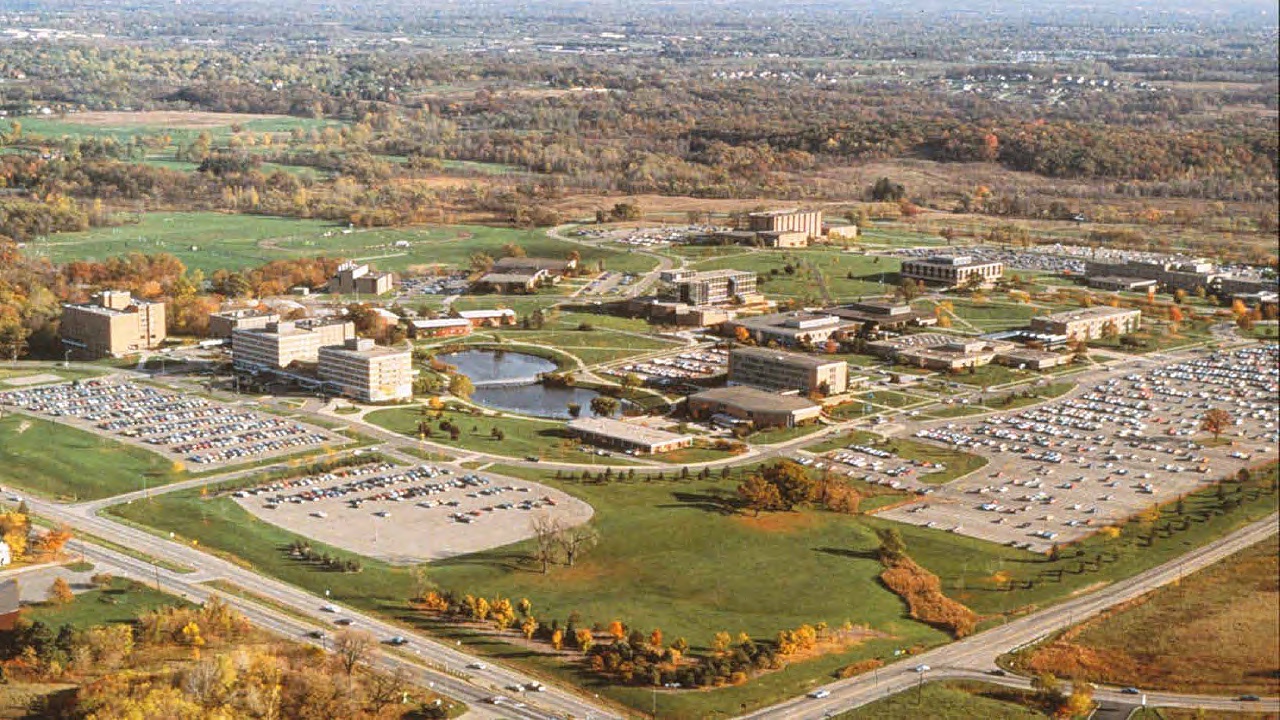- YouTube
- TikTok
‘History Comes Alive’ in-person again
The popular, monthly lecture series is scheduled to run from September 2022 to March 2023.

Back to an in-person format, the ‘History Comes Alive’ lecture series offers a glimpse into the past, highlighting religion, colonial America, Indigenous peoples of the Great Lakes, Nazi ghettos and the Tulsa Race Massacre. Watch history weave together through thrilling and thoughtful teachings.
Admission to each lecture is free, but reservations are requested. To reserve a space or for more information, visit History Comes Alive Series. All lectures will begin at 7 p.m. in Banquet Room A in the Oakland Center.
Topics include:
How about Two Men Named Francis — Tuesday, September 20: What is the Pope telling us about himself and his agenda for the Church by calling himself Francis? St. Francis of Assisi was an itinerant preacher in 13th-century Italy. In 2013, Cardinal Bergoglio, an Argentinian Jesuit and bishop, chose the name Francis upon his election as pope. St. Francis was canonized in 1228, and many popes have had the opportunity to choose Francis as their name, but none had done so. Being pope is quite different from being an itinerant preacher and the world of the 21st century is radically different from 13th-century Umbria. Bill Cook, Ph.D. will compare the different roles of St. Francis of Assisi and today’s Pope Francis to see how he and his pontificate are being shaped by the medieval saint.
Bounding Chaos: Surveying Eighteenth-Century Colonial America — Tuesday, October 11: The rapidly expanding populations of British and French North America and its path to conflicting land claims, overlapping boundaries and courtroom battles. The use of improved surveying and record-keeping practices help us understand how colonial authorities sought to resolve those conflicts. By using 21st century satellite technology, George Milne, Ph.D. examines how effective these eighteenth-century techniques actually were.
French Footprints within an Indigenous World: The Great Lakes Region ~ 1660-1715 — Wednesday, November 9: In the 1600s and early 1700s, a diverse array of Indigenous peoples, including the Ojibwe, Odawa, Potawatomi, Wendat, Miami and Haudenosaunee, inhabited the lands around the Great Lakes. In this same period, French Canadian traders, missionaries and colonial officials followed Indigenous allies and trading partners into the region, where they established outposts at present-day Kingston, Ontario (Fort Frontenac), St. Ignace (Michilimackinac) and Detroit. Sara Chapman Williams, Ph.D. will explore the histories of these sites in this early era, situating them within the context of what remained an overwhelmingly Indigenous space.
Everyday Life in the Face of Destruction: The Case of the Nazi Ghetto at Łódź — Tuesday, January 10: The ghettos established by the Nazis on occupied Polish territory during World War II played a pivital role in the Holocaust. Derek Hastings, Ph.D. unravels the history of the Łódź ghetto and gives a glimpse into the nature of everyday life under the constant threat of destruction in these ghettos.
The Tulsa Race Massacre and the Fight for American History — Wednesday, February 15: The horrific 1921 massacre in Tulsa, Oklahoma wasn't simply the worst single incident of racial violence in U.S. history, it was also deliberately covered up for more than a half century. Historian and Tulsa native Scott Ellsworth, Ph.D. reveals how the massacre finally came to light, and why, if our history is to be a bearer of lessons, we must teach our failures as much as our successes.
Empire Thwarted: The Un-Manifest Expansion of the Early American Republic — Tuesday March 14: Nicholas DiPucchio, ABD analyzes the failed territorial objectives of U.S. expansionists between the War for Independence (1775-1783) and the U.S.-Mexico War (1846-1848). Policymakers from Benjamin Franklin to James K. Polk pursued a vision of creating a westward-bound, transcontinental nation, but what happens to this conventional (and teleological) narrative when you include the regions that ultimately eluded the United States? DiPucchio argues that U.S. policymakers were far more uncertain and dubious about their republic’s expansion. Examining failed expansionist objectives reveals how Indigenous nations, people of African descent and Spanish American revolutionaries profoundly shaped the ideology of Manifest Destiny and circumscribed the early republic’s boundaries.


 August 2, 2022
August 2, 2022